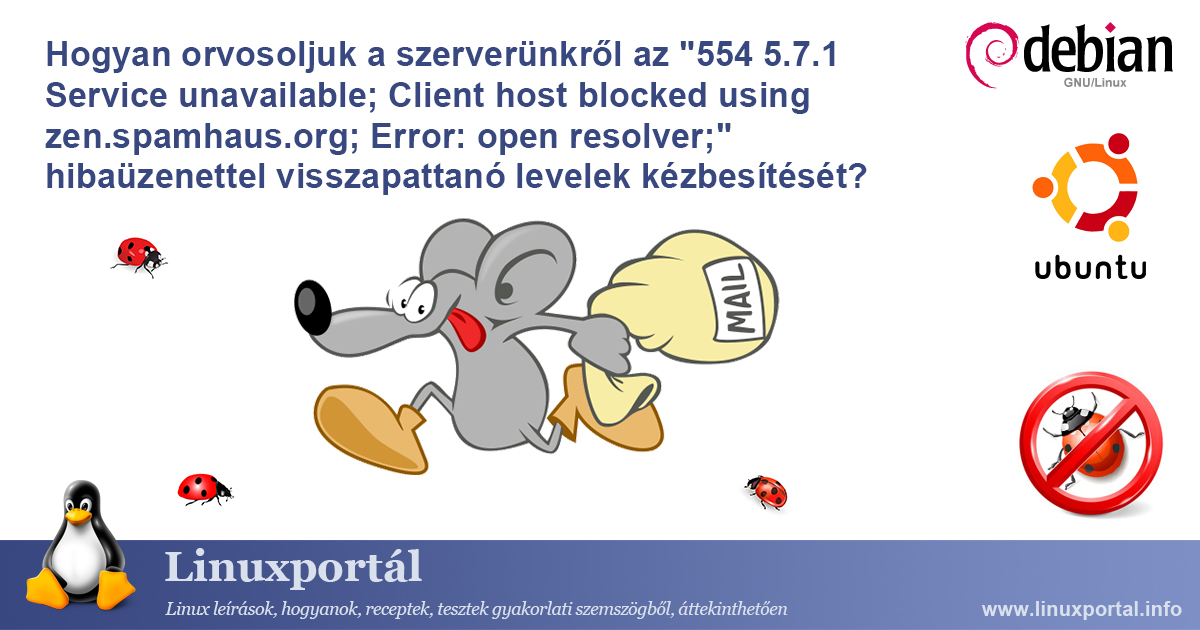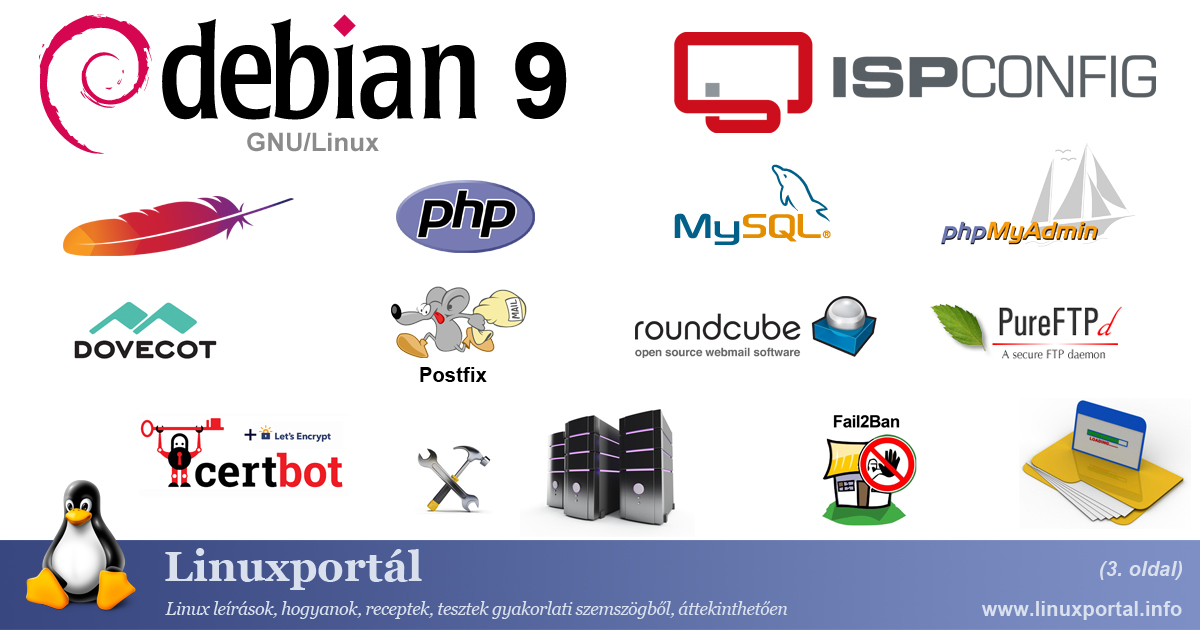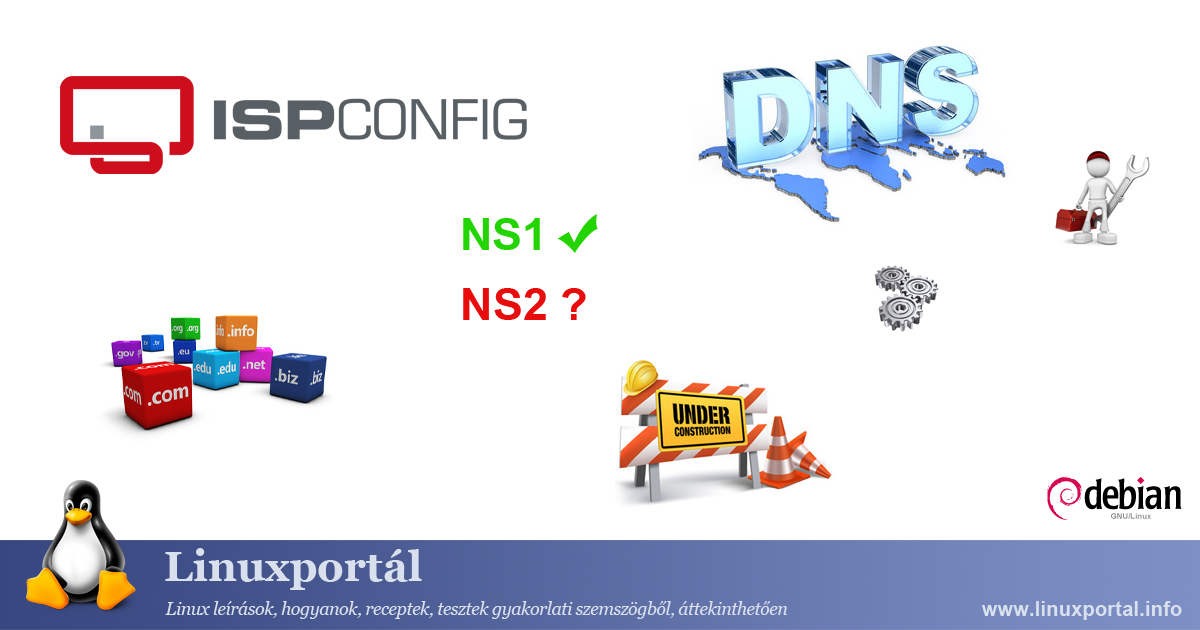BIND (Berkeley Internet Name Domain)
The Linux-based BIND (Berkeley Internet Name Domain) server is the most widespread and well-known DNS (Domain Name System) software, which is a key part of the basic infrastructure of the Internet. BIND's development began at the University of Berkeley in the late 1980s, and since then it has undergone many developments to meet today's challenges. As a DNS server, BIND's main task is to translate human-readable domain names (e.g. www.pelda.hu) to IP addresses (e.g. 192.168.1.1), thus enabling Internet users to easily navigate the web. However, BIND's role is much more complex and critical than that; ensures the smooth operation of the domain name system, which is essential for the stability and security of the Internet.









